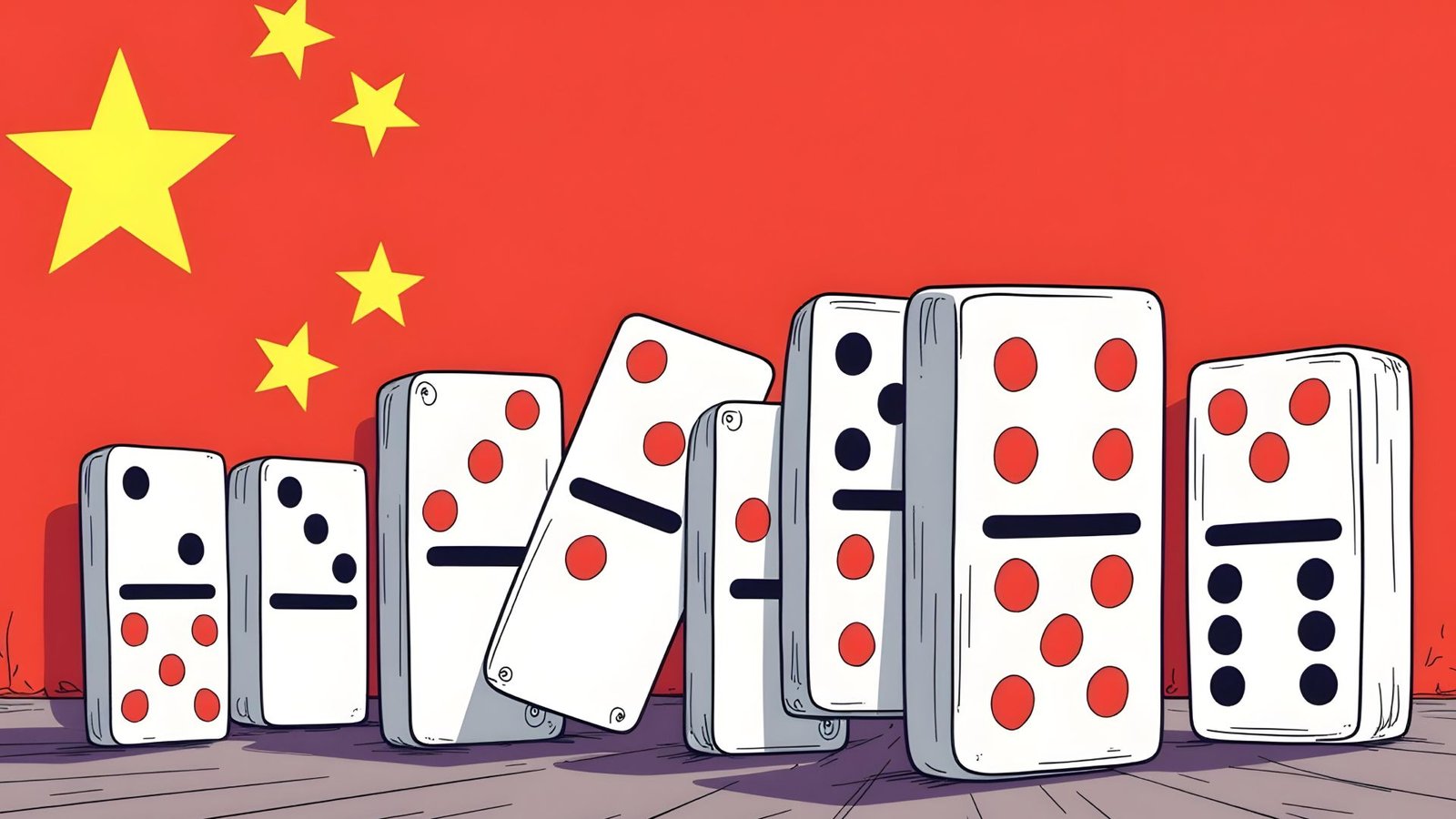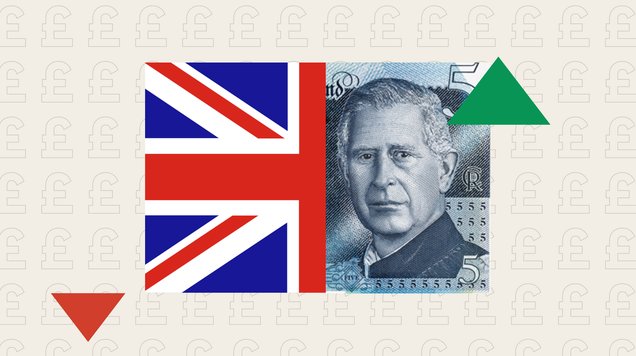China Q2 2025 Outlook
Balancing on the Edge of the Debtdomino

China's economy is decelerating toward ~4.8% GDP growth
China’s BRICS-led de-dollarization agenda is facing backlash
The tech cold war is forcing China into self-reliance campaigns
Most Probable Scenario: Slow Grind, Not Sudden Collapse
China faces a slower-than-expected GDP growth at around 4.8%, weighed down by the retaliatory tariff regime and lingering post-COVID credit distortions. Rather than a hard landing, Beijing is orchestrating a controlled descent, hiding its pain behind unemployment data and selective stimulus—especially to buffer strategic tech assets and preserve regional stability.
Hazards to Watch
Debt Bubble Fractures
Local government financing vehicles (LGFVs) are creaking under pressure. The housing sector remains frozen, and Beijing’s silence on default restructurings could trigger contagion among state-linked banks.
BRICS Power Play Backfire
While China positions BRICS as a counterweight to Western alignment, the bloc’s de-dollarization drive is clashing with capital flight, especially as the yuan sinks and investors demand yield in a tightening global backdrop.
Tech Cold War Escalation
AI and chip restrictions from the US are biting deeper. China's “domestic substitution” campaigns for semiconductors and AI are burning cash faster than results, pushing the state closer to subsidized inefficiency than innovation.
Opportunities to Watch: China
Debt Bubble Fractures
- Distressed Asset Positioning: Select opportunities in state-backed restructurings of LGFVs and property-linked debt may emerge, especially if the government steps in to securitize or repackage risk under new credit vehicles.
- Policy-Favored Infrastructure: Investors can monitor green bonds and stimulus-tied urban projects as China pivots away from speculative housing toward "high-quality growth."
BRICS Power Play Backfire
- Commodity Hedges in Yuan: Cross-border BRICS trade in energy and agri-products may start pricing in yuan, opening arbitrage or FX-neutral positions for forward-looking commodity desks.
- EM Fund Rotation: Outflows from China may benefit ASEAN, India, and Gulf states, offering exposure to BRICS-adjacent but safer economies.
Tech Cold War Escalation
- Deep-Tech Survivors: While many firms will burn out, a select few domestic AI/chipmakers (with military or state backing) could scale rapidly. Early picks in this group could mirror past semiconductor up-cycles.
- Peripheral Winners: Southeast Asia’s mid-tier fabs, test/packaging firms, and education tech sectors could thrive from redirected US/EU funding and China offloading.









